The House Energy and Commerce Committee dominated April 6 headlines with high-octane hearings amid a sea of cameras and microphones. The search was on for the culprit for high gasoline prices; finger-pointing abounded, and no policy outputs emerged. On the same day, the Senate Foreign Relations Committee met to consider ratification of a major global climate treaty consistent with historic 2020 legislation adopted with bipartisan support. Deliberations were respectful and engaging in a room not designed for media events, leading to a unanimous voice vote advancing the treaty to the Senate.
The Kigali Amendment to the Montreal Protocol on ozone-depleting substances now faces its final test, with 67 Senate votes required for ratification. If approved, Kigali would represent a stunning American transition, pivoting from global laggard to leader in reducing climate damage from hydrofluorocarbons (HFCs), a short-lived but highly intensive contaminant. Used most commonly in cooling systems such as air conditioning and refrigeration, HFCs were initially embraced under Montreal for their relatively mild ozone impacts. They are increasingly yielding to a suite of emerging alternatives combining ozone and climate protection. If fully implemented, Kigali would trim 0.5 degrees Celsius (0.9 Fahrenheit) off global temperatures by the end of this century.
Can the Senate go the distance and ratify Kigali, even in the 117th Congress where deep policy divides over addressing other greenhouse gases such as carbon dioxide and methane persist? Previous Senates have ratified four earlier Montreal extensions and more than 75 other environmentally related treaties since 1970. Most of these, however, were quite narrow in scope, including bilateral fisheries disputes, and the ratification pace has plunged during recent presidencies.
The Senate committee session suggests that the bipartisan foundation behind the 2020 American Innovation and Manufacturing (AIM) Act passage endures.[1] In 17 succinct pages, AIM outlined an American path toward an 85% reduction in HFC production and consumption from 2011-13 levels by 2036. This was aligned with Kigali targets that have been adopted by 130 nations ranging alphabetically from Albania to Zambia and including China and India. The legislation embraced American technological leadership in developing an expanded suite of more climate-friendly alternatives for global use. Kigali ratification remains essential, however, if America is to avoid trade restrictions for nations that fail to join this global pact.
The AIM process and Kigali deliberations thus far reflect a bipartisan Congressional engagement pattern that endures in some instances, even though this often receives minimal media or scholarly attention. Political scientists James Curry and Frances Lee note that such bipartisan legislative “achievements frequently go unrecognized and uncelebrated” and yet continue during the current era of hyper-partisanship.[2] AIM adoption relied heavily on congressional staff and “workhorse” legislators with long-standing Montreal expertise, backed by significant industry and environmental group support.
It follows the playbook of some of the largest but rarely studied environmental legislative successes in recent decades, including 2016 chemical safety reform and 2020 conservation funding and clean energy development. Idaho Senator Jim Risch, ranking member of the Foreign Relations Committee, completed the Kigali hearings confident of ratification: “You know, around here, you can get a feel of things, and I haven’t heard one negative thing about it. There’s nobody pushing back.”[3]
Kigali nonetheless must navigate its final Senate journey, while milestone carbon and methane legislative proposals languish. Ratification would provide new-found American credibility globally for at least one leading climate contaminant. It would prepare America for sustained technological leadership in HFC transition, shattering its historic pattern of squandering early climate technology advances in areas such as solar photovoltaics.
The Environmental Protection Agency could build on its impressive initial AIM implementation record, including rapid creation and deployment of a multi-agency force to deter HFC smuggling. Illegal trade has long threatened Kigali-type agreements, already surfacing for HFCs in Europe. EPA has also begun pursuing such complementary steps as banning single-use coolant cannisters that facilitate smuggling and developing QR-code tracking systems. EPA and allied federal agencies are demonstrating significant capacity to lead a credible global compliance regime but cannot credibly do so outside the international agreement.
Kigali ratification could also position the United States to take additional steps. The cooling sector already produces more than 10% of global greenhouse gas emissions and demand for air conditioners and refrigerators to cool buildings, vehicles, food, and medicines will continue to soar given anticipated global temperature increases. Alongside rapid transition toward new coolant chemicals, America could lead the way in increasing sectoral energy efficiency, minimizing equipment leaks, and reclaiming discarded appliances.
Perhaps most significantly, full Kigali development could provide a timely reminder that credible American engagement in national and global climate mitigation need not be dismissed as politically infeasible. Instead, the Montreal process—including Kigali provisions—offers abundant lessons for other greenhouse gases. Treaty ratification would place the U.S. at the center of this global effort, with support from both political parties. As Senator Tom Carper (D-Del.), a pivotal figure in this process, noted: “If we can’t pass this, we need to find another job.”[4]
[1] The AIM Act became part of the Consolidated Appropriations Act of 2021. That bill passed the House by a margin of 359-53, with 128 Republicans and one independent joining 230 Democrats voting yes. That bill passed the Senate by a margin of 92-6, with 46 Democrats and two independents joining 44 Republicans voting yes. The Senate version of the AIM Act had 34 co-sponsors, divided equally between Democrats and Republicans.
[2] James Curry and Frances Lee, The Limits of Party: Congress and Lawmaking in a Polarized Era (2017), p. 191.
[3] Jeremy Dillon, “Kigali climate deal glides through committee hearing,” E&E News (April 7, 2022).
[4] Nick Sobczyk and George Cahlink, “Dems hope for Kigali ratification sooner rather than later,” E&E News (November 18, 2021).
-
Acknowledgements and disclosures
I am grateful to Madeline Cohen, Stephen Culbertson, Natasha Dacic, and Derek Zeigler for valuable research assistance.
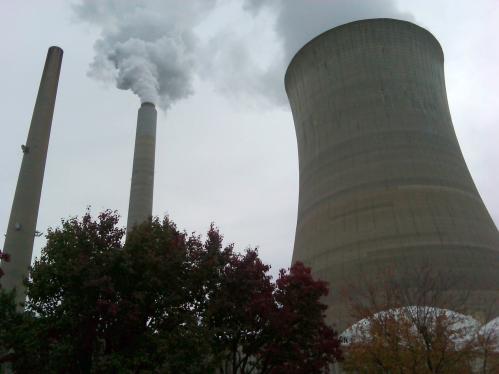
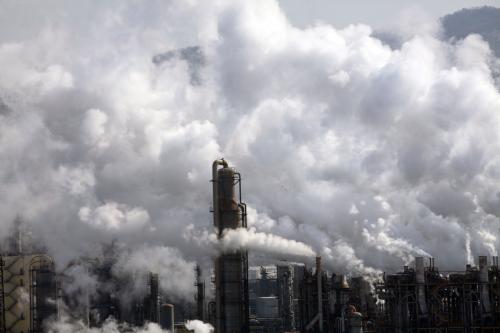


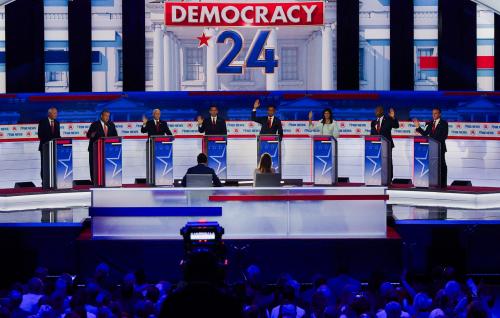
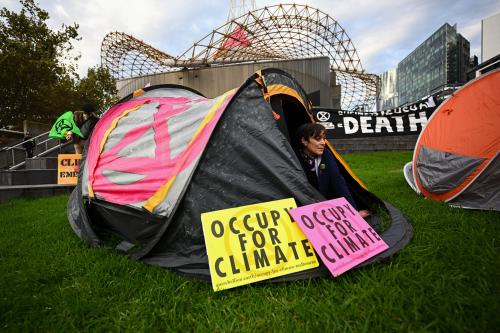
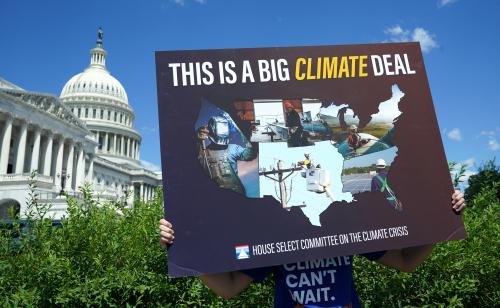
Commentary
Ratifying Kigali: Can the U.S. go the distance on a global climate treaty?
May 23, 2022